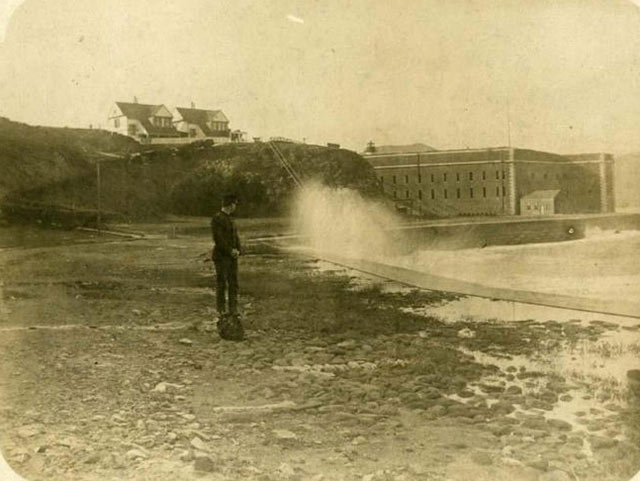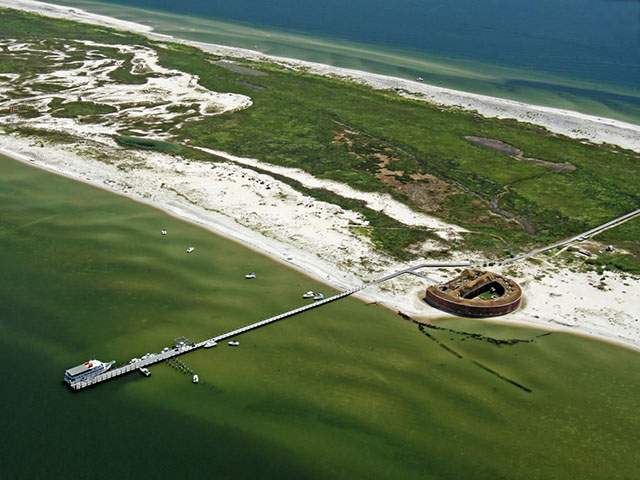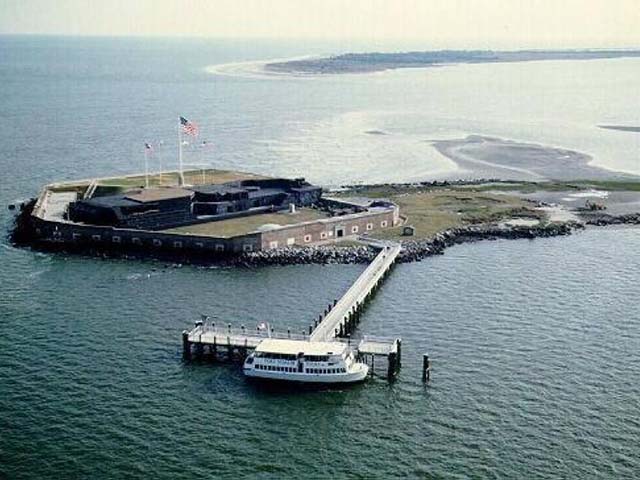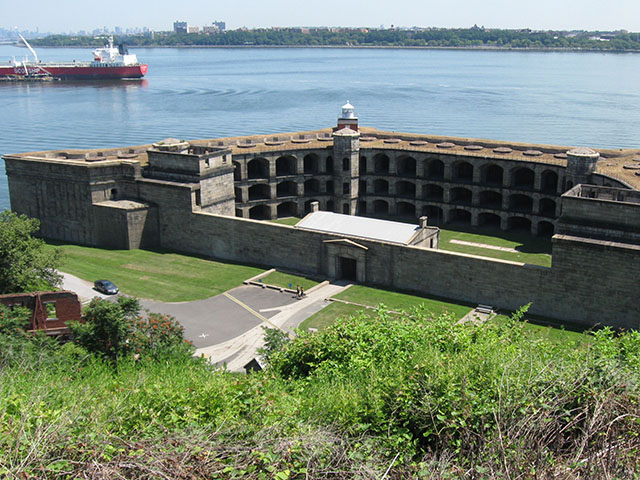Photo by Drew Shinnick
Protecting the Past for the Future
Scroll to learn moreA Century Past
Fort Point is over 100 years old. How has it changed since then? Use the slider to see the fort of 1907 transition to today.
Fort Point
Defending the Defenders
Fort Point was one of a series of forts built to defend our country. Now it is our turn to defend them from sea level rise. The National Park Service is planning for an estimated 3 feet or 1 meter rise by 2100. That level of rise puts Fort Point and several other historic Forts in jeopardy.
Swipe through the gallery below to see some of the forts threatened by sea level rise.
Sea Level Rise at Dry Tortugas National Park
Watch this video to see how Fort Jefferson in Florida is affected by sea level rise.
The Next 100 Years
How will the next century affect these forts? Sea level is rising due to warming temperatures. Earth is warming mostly due to human activities that release carbon. Since people are causing climate change, we can change our ways to reduce climate change—and reduce impacts to historic forts.




